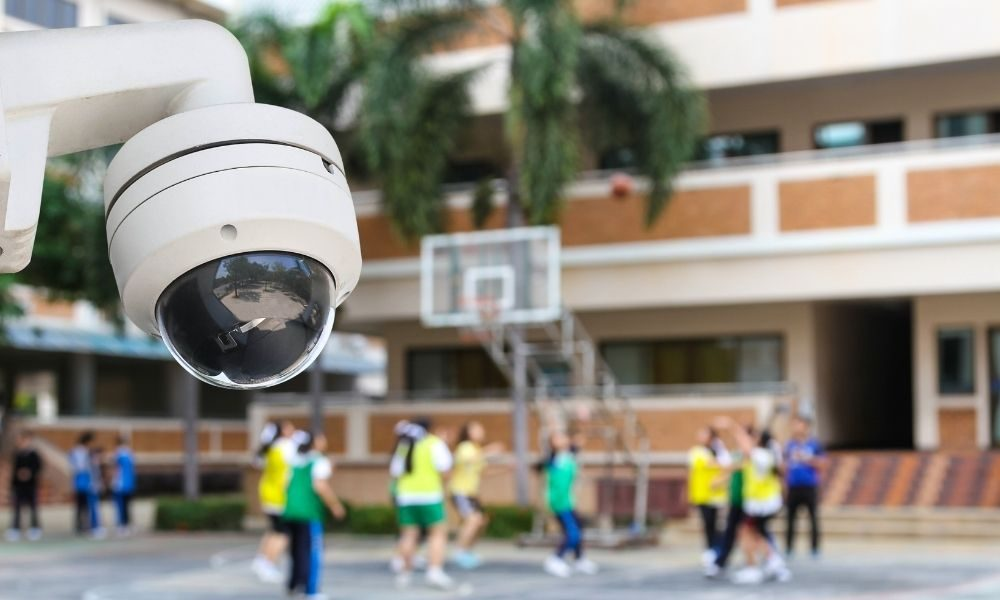The most important part of supervising an educational institution is keeping students, faculty, and staff safe. With school shootings, fires, and other emergencies now a constant threat, school principals, college presidents, and other decision makers need to take steps to protect those in their care. These five steps can help to drastically improve public safety in schools; both at K-12 and higher education institutions.
Know What Is Happening in Classrooms, Buildings, and Across Campus
Communication across campus is vital, which is why responsible school supervisors install Emergency Responder Radio Communication Systems (ERRCS). Also known as Public Safety DAS, these systems use distributed antenna system technology to ensure radios used by SROs and first responders don’t lose signal reception, even in very isolated areas. An ERRCS is key to handling an emergency situation at an educational institution.
The Centre for Public Safety and Criminal Justice Research at the University of The Fraser Valley has created this white paper titled Improving In-building Radio Communications for First Responders. This white paper gives a good overview of the problems that emergency responders can face when emergency radios don’t work, and what you can do to address the issue.
Develop Effective School-Based Law Enforcement
If you hire security officers or utilize school resource officers, they should be trained to work with students rather than against them. It’s important that they build trust with students because it will make the students feel more comfortable coming to security personnel when they are in trouble. It will also make students more likely to listen to security in an emergency. Remember, public safety in schools different from other public safety scenarios. Developing approachable school-based law enforcement will help improve public safety in K-12 and higher education settings.
Coordinate with Emergency Responders
If your campus doesn’t have SROs or security personnel, make sure you coordinate with local law enforcement. They should know the ins and outs of your property before they arrive. One way of doing this is by allowing law enforcement to regularly visit your school for training. Also, all classrooms, hallways, buildings, and parking lots should be clearly labeled so first responders can communicate effectively.
In 2018 the ITTF School Safety Working Group presented a series of recommendations to the Governor of Illinois, which included an outline of how schools and local law enforcement should formally share information. Read the full report here.
Foster A Culture of Communication
Communication is key when it comes to preventing harassment and violence on school campuses, and prevention is one of the most important steps to improve public safety in schools. Hearing from students, faculty, and staff will inform you of any problems. Once you know there’s a problem, you can do something about it.
Creating a culture of communication is not a quick solution, but it can be fostered over time. To do this, you need to make deans, presidents, and principals available to the student body. Ensure people in power reach out and interact with staff and students on a regular basis to build a relationship of trust.
Plan to Manage Potential Threats
If you do identify threats to your educational institution, have a plan for how your school will manage the situation. Every tip should be investigated and assessed for severity. Once you identify who or what is causing the issue, your plan should detail how to handle it. The plan should address the potential need for mental health resources for victims as well.
Once again, the 2018 ITTF School Safety Working Group report offers some solid guidelines for managing potential threats to your campus including: steps on hardening of facilities, developing behavioral threat assessments, and response protocols in your school.
No one starts a career in education looking forward to handling emergencies, but it’s a part of the job that cannot be ignored. Grants are available that can help you obtain federal funding for several of these strategies, including ERRCS. We have developed a guide to the COPS SVPP grant, which can help cover most of the cost of an ERRCS– check out the guide here.
Sometimes an emergency situation is unavoidable, so every school and university should be prepped for clear communication between first responders. To begin the process of working with Harris Communications, schedule a call with us, and let us get to work on creating your ERRCS.







